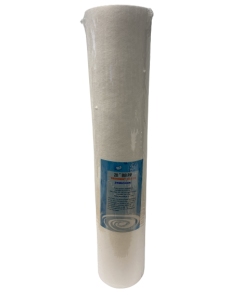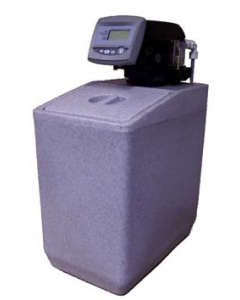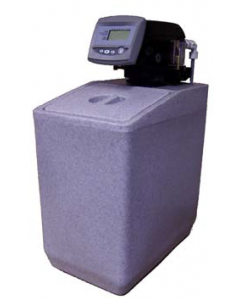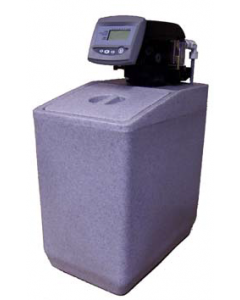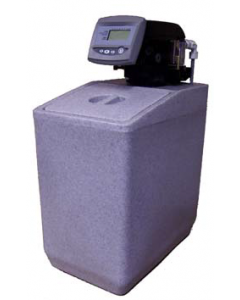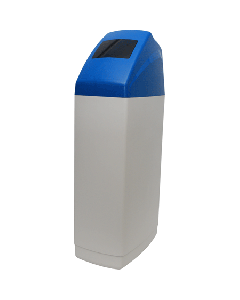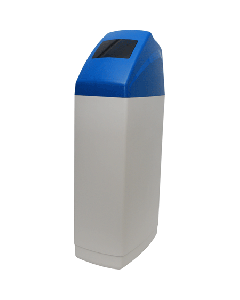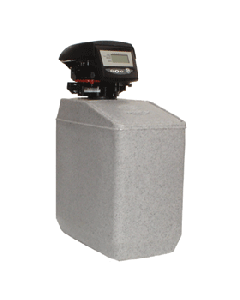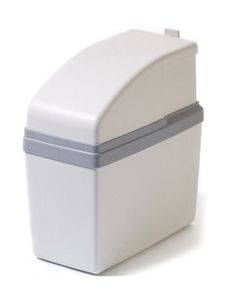Water Softeners & Accessories
One of the most common problems with hard water is that soap and detergent loses all effectiveness and evolves into scum. This is a common problem in regions where the natural water courses flow over limestone. Such hard water will soften naturally if it later flows over sandstones. But if it heads straight for a public water supply treatment plant, it will remain hard when it comes out of the householder’s tap. Water softeners are a chemical way of performing the same task as sandstones in the open countryside. The aim is to get rid of calcium and magnesium ions. These are the ions in hard water that coagulate with chemicals in soaps and create a scum or curd. The basic concept for domestic water softeners in the UK or softeners for any industrial hard water / commercial application is ion exchange.
The water softening substance itself is a resin that contains sodium ions. As the hard water flows over the beads, they attract and hold onto the calcium and magnesium ions, leaving the sodium ions in solution. The resulting water is soft. At some point, the resin beads will become overloaded with the calcium and magnesium ions and have to be regenerated, a technical name for cleaned. The water to do this is to use salt water, sodium chloride in solution, to wash over the resin beads. A second phase of ion exchange occurs as the sodium ions displace the calcium and magnesium ions from the resin and leave them to wash away. The sodium ions themselves attach back to the resin beads and the whole system is ready to soften more water again. Of course, these softeners do not work on the basis of regenerating them with a sprinkling of table salt. The regenerating salt comes in blocks and should be applied after a certain volume of water has been softened.

